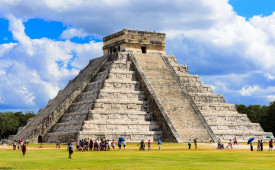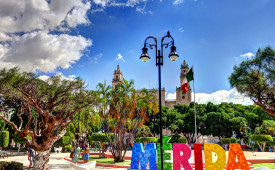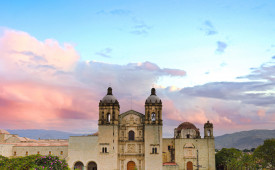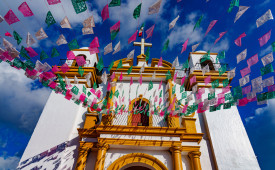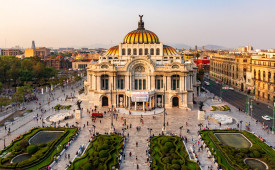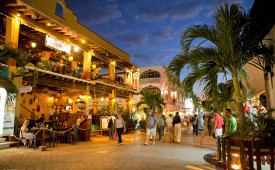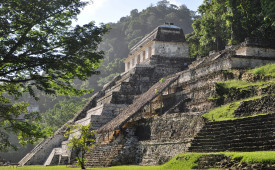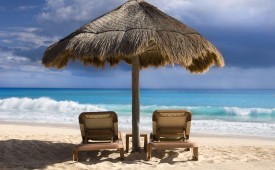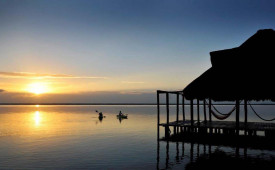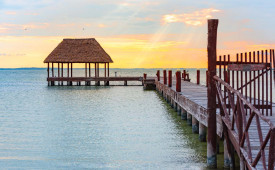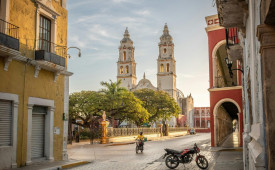-
Latin America
Latin America
- Countries (hidden space)
- Galapagos & Ecuador
- Guatemala
- Mexico
- Panama
- Peru
- Popular Attractions
- Machu Picchu
- Inca Trail
- Easter Island
- Galapagos Islands
- Patagonia
- Rio de Janeiro
- Iguazu Falls
-
Africa
Africa
- Spacer Africa
- South Africa
- Zimbabwe
- Popular Attractions
- Cape Town
- Okavango Delta
- Sossusvlei Dunes
- Victoria Falls
- The Kruger
- The Garden Route
- Masai Mara
-
Asia & Middle East
Asia & Middle East
- Asia
- Borneo (Malaysia)
- Cambodia
- India
- Japan
- Middle East
- Jordan
- Spacer Asia
- Laos
- Sri Lanka
- Uzbekistan
- Vietnam
- Popular Attractions
- Taj Mahal
- Lion Rock (Sigiriya)
- Angkor Wat
- Ha Long Bay
- Kyoto
- Petra
-
Destinations
- Latin America
- Argentina
- Bolivia
- Brazil
- Chile
- Colombia
- Costa Rica
- Galapagos & Ecuador
- Guatemala
- Mexico
- Panama
- Peru
- Asia
- Borneo (Malaysia)
- Cambodia
- India
- Japan
- Laos
- Sri Lanka
- Uzbekistan
- Vietnam
- Middle East
- Jordan
- Southern & East Africa
- Botswana
- Kenya
- Namibia
- South Africa
- Zimbabwe
- Contact Us
-
About
About
Llama Travel provides high quality holidays at the lowest possible prices.
99% recommend us Lower prices - guaranteed Financially protected by ATOL
Travelling to Mexico
Travelling in Mexico
-
What to pack - Mexico
The climate around Mexico City and Oaxaca is mild, with relatively consistent temperatures year-round. March, April and May are the warmest months, and November to February tend to be the coolest, with averages of 14°C. Most rainfall occurs during the summer months of June to September. The months of December, January and February are usually dry, but rain can fall throughout the year so waterproofs are advised.
Due to its elevated location, San Cristobal also has a mild, spring-like climate, with an average temperature of around 15°C. On sunny days, the city can feel quite hot, but the temperature drops considerably during wet weather, so a mix of warm and cooler weather clothing is advisable.
Descending into the tropical climate of the Chiapas lowlands (for Palenque), the Yucatan (for Merida) and the Riviera Maya, humidity is high year-round and temperatures sometimes exceed 30°C. There is an average of 12 daylight hours and high factor sun protection is essential. Waterproofs are advised year-round, although the wettest months are from June to October.
Insect repellent is recommended for visiting the jungle around Palenque, Merida and the Caribbean Coast. Closed, comfortable shoes such as trainers or lightweight walking shoes are suitable for day excursions. Be sure to bring beachwear for your time on the coast.
You can bring whichever luggage you feel most comfortable with: suitcases, soft bags and rucksacks are fine.
Electricity in Mexico is 11V, and plugs are of the flat two-pin type.
Having a photocopy of your passport with you at all times is recommended.
Please bring any medication you may require from the UK.
-
Money
The Mexican currency is the Mexican Nuevo Peso, known simply as the Peso. Sterling isn’t easy to exchange in Mexico so carrying US Dollars is advised. Note that it is only possible to exchange cash in banks or at bureaux de change. UK debit and credit cards are widely accepted in shops and restaurants, and ATM's are readily available, although it is good to carry a small reserve of cash.
It is always recommended to inform your bank that you are travelling abroad and to which countries. This will allow them to authorise money withdrawals on your account when you are away. Some banks say that this is not necessary; however we would still recommend contact with your bank as in some cases people have had difficulty in withdrawing currency.
-
Tipping
Tipping in Mexico is customary but by no means obligatory. In most circumstances, such as restaurants and tour guides, 10 -20% is appropriate. Drivers should receive US$3-5 per day for group tours and $10 for private tours. It is not customary to tip taxi drivers.
-
Food
Most people are familiar with the concept of tacos, guacamole and enchiladas, but arriving in Mexico you will discover that Mexican food is a lot richer than the Tex-Mex movement would have you believe. The cuisine is understood to be a fusion of traditional local ingredients, and those ingredients and cooking styles introduced by the Spanish. Staple ingredients include corn, beans, avocados, tomatoes, chilli peppers and rice, as well as meat, cheese and a rich variety of herbs and spices.
The style of food varies across Mexico, with different spices and other ingredients adapted according to the local conditions. For example, the Yucatan Peninsula cuisine is based on the Maya culture, with influences from a diverse range of cultures from Middle Eastern to Caribbean, and uses local ingredients such as tropical fruits and traditional cooking methods such as pit ovens. By contrast, Mexico City for the most part relies on produce brought in from other parts of the country. Here street food reigns supreme with taco stands and Torterias (tortas are sandwiches similar to subs) battle it out for passing trade. While the ingredients and style of cooking varies from area to area, staples like the aforementioned tacos and tortas are found in most parts of Mexico. Another staple found across the country is mole (pronounced mo-leh), an umbrella term for sauce. Moles also vary from place to place, but usually they contain a fruit, chili pepper, nuts and spices.
-
Budgeting for your stay
Hotels in Mexico include breakfast. Besides that, a simple set-menu lunch will cost US$3-4.50 per person, while a nice dinner with alcoholic drinks will set you back about US$11-16 per person.

